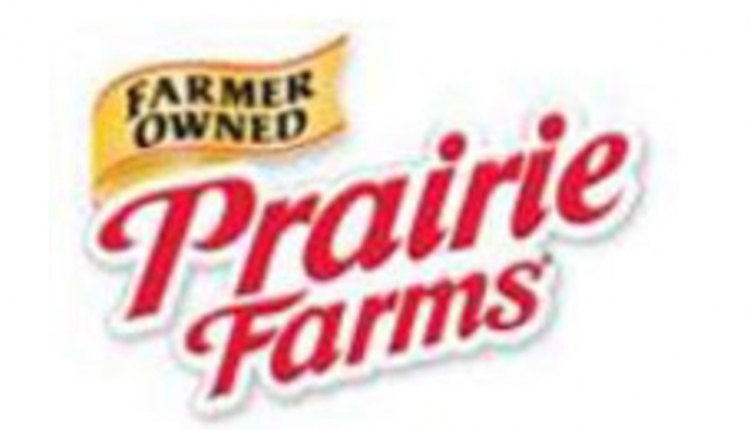
House Agriculture Committee Ranking Member Collin Peterson yesterday introduced the Dairy Risk Management Act (H.R. 5462), legislation to provide dairy farmers with a strong safety net to address volatile market conditions outside of their control. The Dairy Risk Management Act would replace the current Margin Protection Program (MPP) with the Dairy Risk Management Program.
“After spending the last two weeks in Minnesota and participating in a dairy forum in Albany, I wanted to formalize the approach I’m hoping to take as the farm bill moves forward. Dairy farmers in my district and across the country are facing tough times that show no signs of letting up. They need a safety net that will help them better manage difficult market conditions now and into the future,” Peterson said.
USDA’s Economic Research Service forecasts dairy farms to experience a 19.2 percent decrease in net cash farm income from 2017 to 2018, the largest decrease expected for any livestock specialization.
“The Dairy Risk Management Act addresses the shortcomings of MPP and what I believe should have been included in the Bipartisan Budget Act by offering a stronger safety net that allows dairy farmers to utilize all available risk management tools,” Peterson said.
The Dairy Risk Management Act would:
· Reduce the cost of $8.00 coverage for the first 5 million pounds of all producers’ covered production to just 9 cents per cwt;
· More accurately reflect actual producer margins by establishing coverage options at both $8.50 and $9.00 for the first 5 million pounds of all producers’ covered production;
· Give producers more flexibility by allowing them to enroll between 0 percent and 90 percent of their production for buy-up coverage;
· Retain monthly payment triggers;
· Allow producers to use both the new Dairy Risk Management Program and Livestock Gross Margin insurance for dairy at the same time, as long as the programs do not cover the same milk; and
· Adjust the calculation of the Class I mover in order to allow dairy producers, cooperatives, and processors to better manage the price risk of milk regulated under the Federal Milk Marketing Orders.





